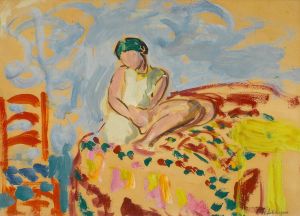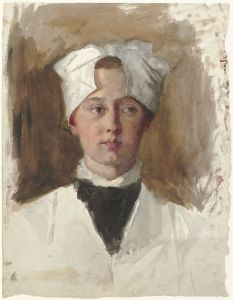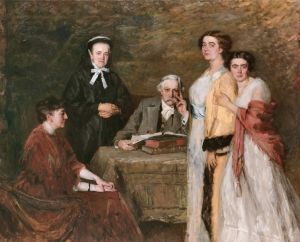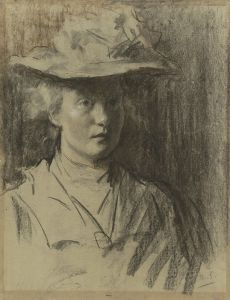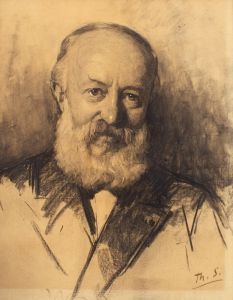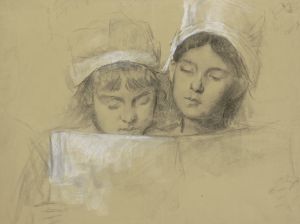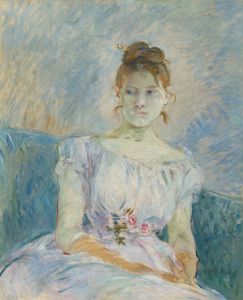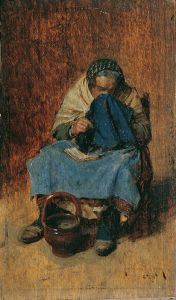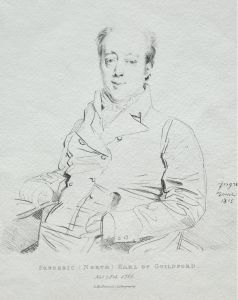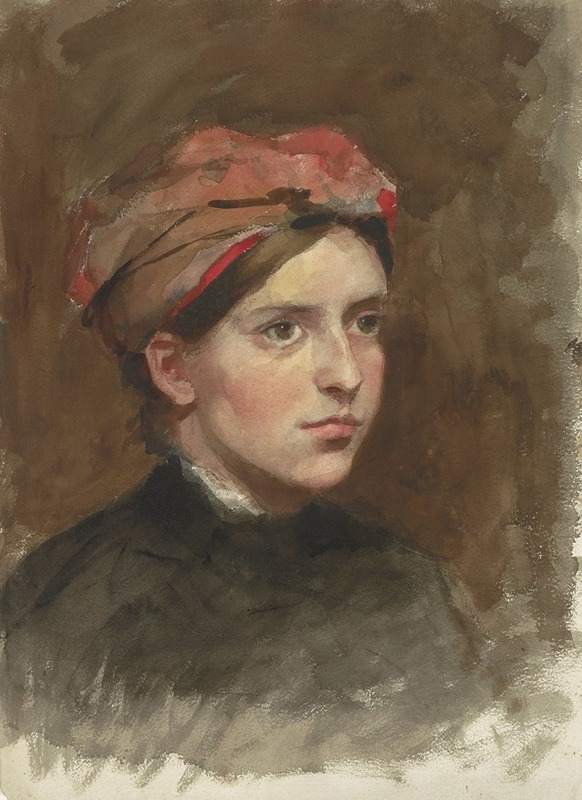
Portret van een jonge vrouw met een rode hoofddoek
A hand-painted replica of Thérèse Schwartze’s masterpiece Portret van een jonge vrouw met een rode hoofddoek, meticulously crafted by professional artists to capture the true essence of the original. Each piece is created with museum-quality canvas and rare mineral pigments, carefully painted by experienced artists with delicate brushstrokes and rich, layered colors to perfectly recreate the texture of the original artwork. Unlike machine-printed reproductions, this hand-painted version brings the painting to life, infused with the artist’s emotions and skill in every stroke. Whether for personal collection or home decoration, it instantly elevates the artistic atmosphere of any space.
Thérèse Schwartze was a prominent Dutch portrait painter known for her detailed and lifelike representations of her subjects. Born in Amsterdam in 1851, Schwartze was part of a family with a rich artistic heritage. Her father, Johan Georg Schwartze, was also a painter, and he provided her with her initial training. Thérèse Schwartze further honed her skills by studying under Gabriel Max in Munich and later in Paris, which was a significant center for art during her time.
One of her notable works is "Portret van een jonge vrouw met een rode hoofddoek" (Portrait of a Young Woman with a Red Headscarf). This painting exemplifies Schwartze's ability to capture the essence and character of her subjects with remarkable precision. While specific details about the painting's creation, such as the exact date and the identity of the young woman, are not well-documented, the artwork itself is a testament to Schwartze's skill in portraiture.
The painting features a young woman adorned with a striking red headscarf, which serves as the focal point of the composition. The use of color in the headscarf contrasts with the more subdued tones of the woman's clothing and background, drawing the viewer's attention to her face. Schwartze's technique in rendering the fabric of the headscarf and the texture of the woman's skin demonstrates her mastery of light and shadow, adding depth and realism to the portrait.
Thérèse Schwartze was known for her ability to convey the personality and status of her subjects, often painting members of the Dutch elite and royalty. Her portraits were highly sought after, and she enjoyed considerable success during her lifetime. Schwartze's work is characterized by its attention to detail, the realistic portrayal of her subjects, and her adept use of color and composition to enhance the narrative of the portrait.
"Portret van een jonge vrouw met een rode hoofddoek" is a reflection of Schwartze's artistic philosophy, which emphasized capturing the individuality and inner life of her subjects. The painting is part of a broader body of work that includes numerous portraits of notable figures of her time, as well as more intimate studies of anonymous individuals.
Thérèse Schwartze's contribution to Dutch art is significant, as she was one of the few female artists of her era to achieve both critical acclaim and commercial success. Her work continues to be celebrated for its technical excellence and its ability to convey the humanity of her subjects. Schwartze passed away in 1918, but her legacy endures through her paintings, which remain an important part of Dutch cultural heritage.
In summary, "Portret van een jonge vrouw met een rode hoofddoek" is a fine example of Thérèse Schwartze's portraiture, showcasing her skill in capturing the essence of her subjects with both technical proficiency and emotional depth.





